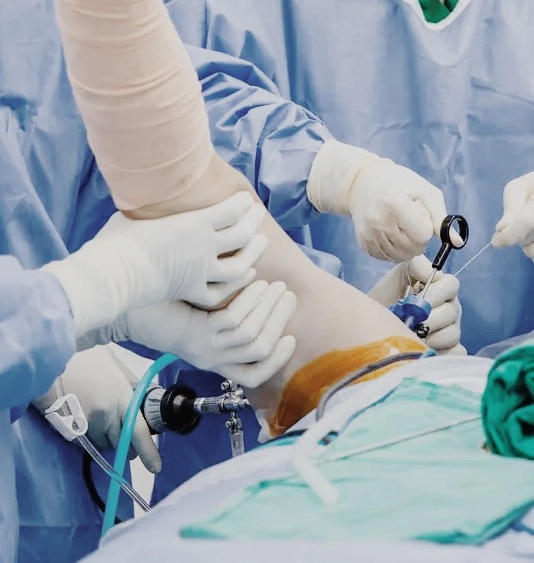

Shoulder arthroscopy is a minimally invasive surgical procedure used to examine the inside of the shoulder joint. This procedure is performed by placing a camera and special surgical instruments into the shoulder through small incisions.
If symptoms such as shoulder pain, tightness, limited movement, or instability are experienced, shoulder arthroscopy may be recommended to determine and treat the cause of these symptoms. Rotator cuff tears, labrum injuries, and shoulder capsule problems can be identified and treated with this procedure.
During shoulder arthroscopy, the surgeon uses an arthroscope (a thin camera) to examine the shoulder in detail for damage or abnormalities. If necessary, he or she can repair tears, remove pieces of free tissue, or reduce inflammation with other surgical tools.
Following shoulder arthroscopy, patients can usually return home the same day. The healing process may vary depending on the type and extent of the procedure performed. Physical therapy plays a critical role in restoring the mobility of the shoulder and preventing possible complications.
Shoulder arthroscopy is an effective method to diagnose and treat shoulder problems. However, it is important to meet with an orthopedic specialist to learn about all aspects of the procedure and evaluate any possible risks.
